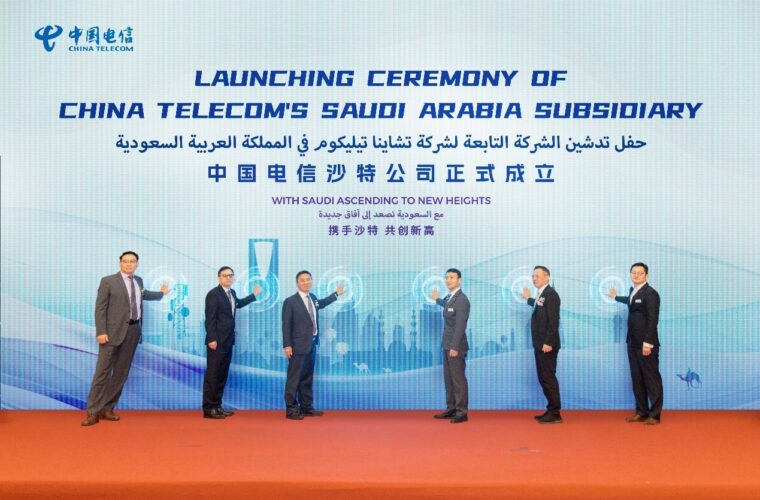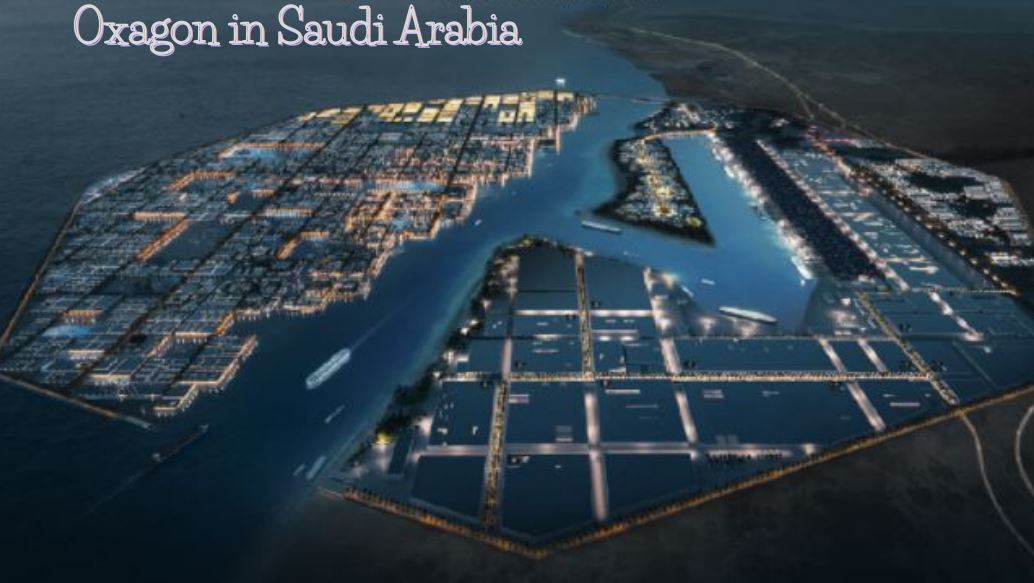Saudi Arabia redefines $1.5 trillion Neom project, scaling down futuristic city plan
Saudi Arabia’s Neom project, a cornerstone of Crown Prince Mohammed bin Salman’s Vision 2030, has been significantly scaled back. Originally envisioned as a $1.5 trillion futuristic urban development to diversify the oil-dependent economy, Neom was set to house 1.5 million residents by 2030. However, new projections estimate that fewer than 300,000 people will inhabit The Line, a key component of Neom, by the same year. The Line was designed as a linear city within Neom, featuring unique mirror-adorned skyscrapers extending over 170 kilometres of desert coastline. The ambitious project aimed to redefine urban living and set new benchmarks in sustainable development. Yet, only 2.4 kilometres of The Line is now expected to be completed by 2030, a significant reduction from the original plan. This change has already led to workforce reductions by at least one contractor involved in the project.
Neom project: economic and technological Aspirations
Despite these setbacks, Crown Prince Mohammed bin Salman remains committed to Neom’s broader vision. Neom is not just about The Line; it includes an industrial hub, ports, tourist attractions, and plans to host the 2029 Asian Winter Games in the Trojena mountain resort. The project aims to showcase technological innovation and boost economic growth by serving as a testbed for cutting-edge technologies. The scaling back of Neom’s ambitions comes amid financial pressures and logistical challenges. The Saudi sovereign wealth fund, which is the primary financier of Neom, has delayed approving the project’s 2024 budget. This hesitation reflects broader concerns about the feasibility of investing trillions of dollars into such ambitious projects. Finance Minister Mohammed Al Jadaan acknowledged that extending project timelines might benefit the economy by allowing more time to develop infrastructure and human resources.



Current Achievements and Future Prospects
Despite the downsizing of The Line, other parts of the Neom project are progressing. For example, the Sindalah luxury resort on an island in the Red Sea is set to open this year. Neom’s most notable achievement to date is a multi-billion-dollar initiative to build solar and wind farms to produce green hydrogen, aligning with Saudi Arabia’s goal to reduce its reliance on oil. The Public Investment Fund (PIF) oversees Neom and is exploring various financial strategies to address cash flow issues. These include accelerating debt issuance and considering equity sales within its portfolio. As of September 2023, the fund’s cash reserves had fallen to $15 billion, the lowest level since 2020. This financial strain underscores Saudi Arabia’s challenges in balancing its ambitious Vision 2030 projects with fiscal realities.
Neom project: long-term vision and adaptation
In 2022, Crown Prince Mohammed outlined that the first phase of Neom would require an investment of 1.2 trillion riyals ($320 billion) by 2030, with half of this amount expected from the PIF. While the initial goals have been tempered, the long-term vision for Neom remains intact. The project continues to attract global attention for its innovative approach to urban planning and sustainable development. Neom’s journey reflects the challenges and complexities of transforming an economy reliant on oil into a hub of innovation and sustainability. The project’s scaling back is a pragmatic adjustment to align with financial and logistical realities. As Saudi Arabia continues to push forward with Vision 2030, the success of Neom will be crucial in setting the stage for the country’s future economic landscape. The project, though scaled down, still holds the potential to redefine urban living and drive technological advancements on a global scale.



